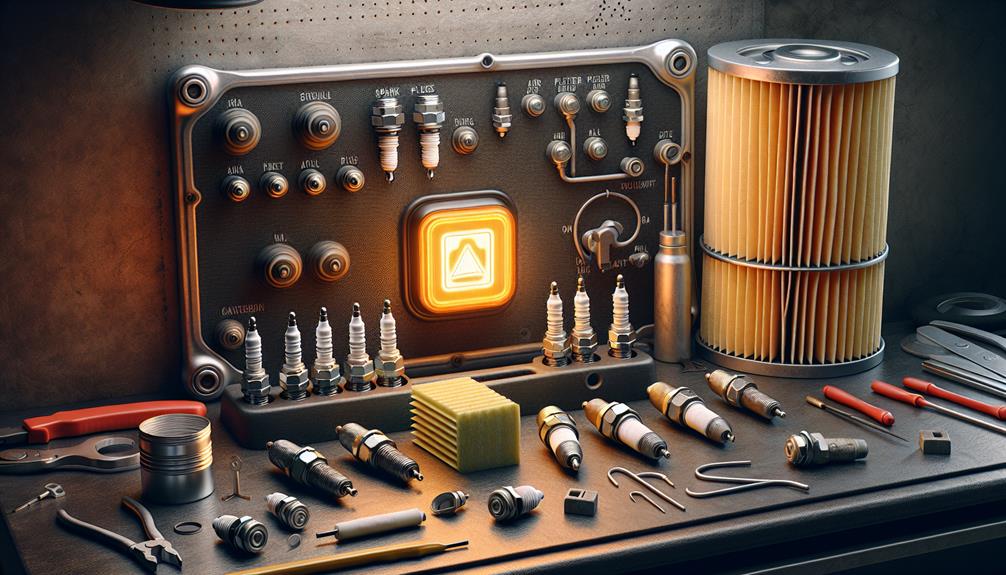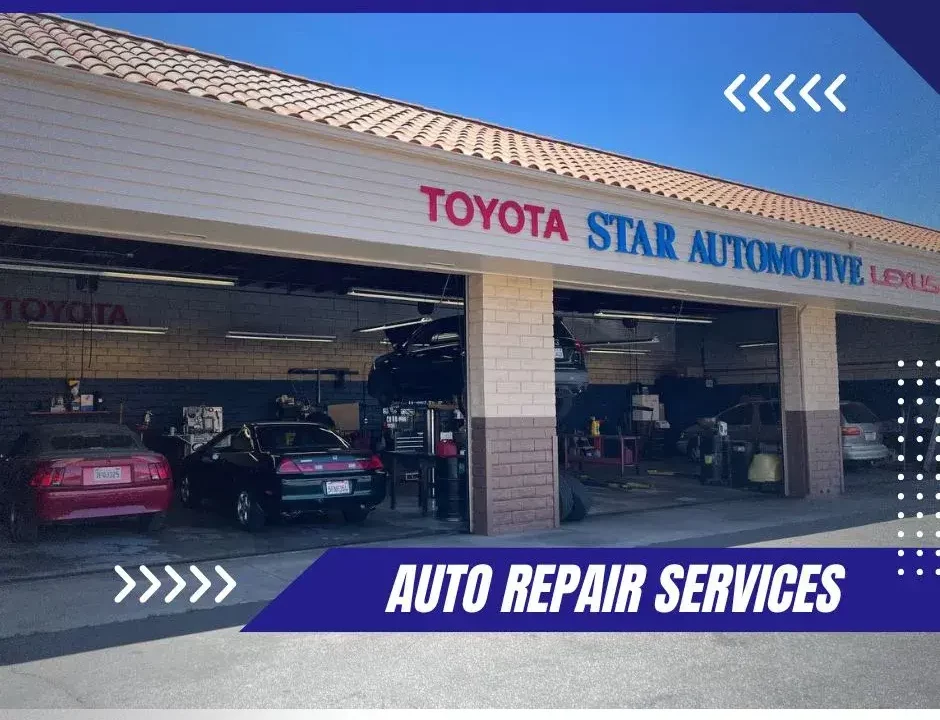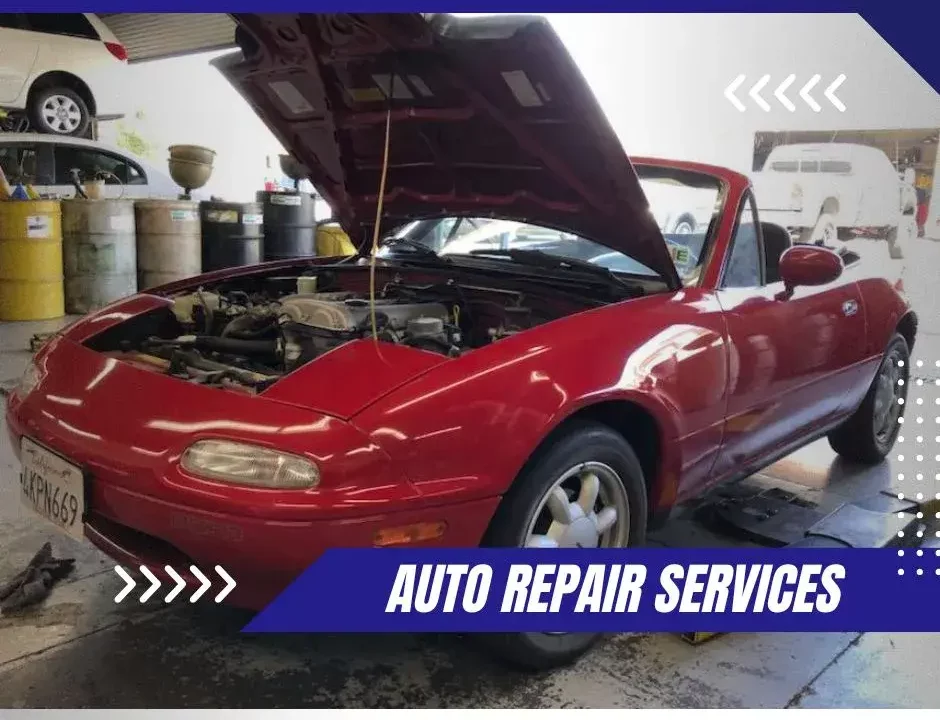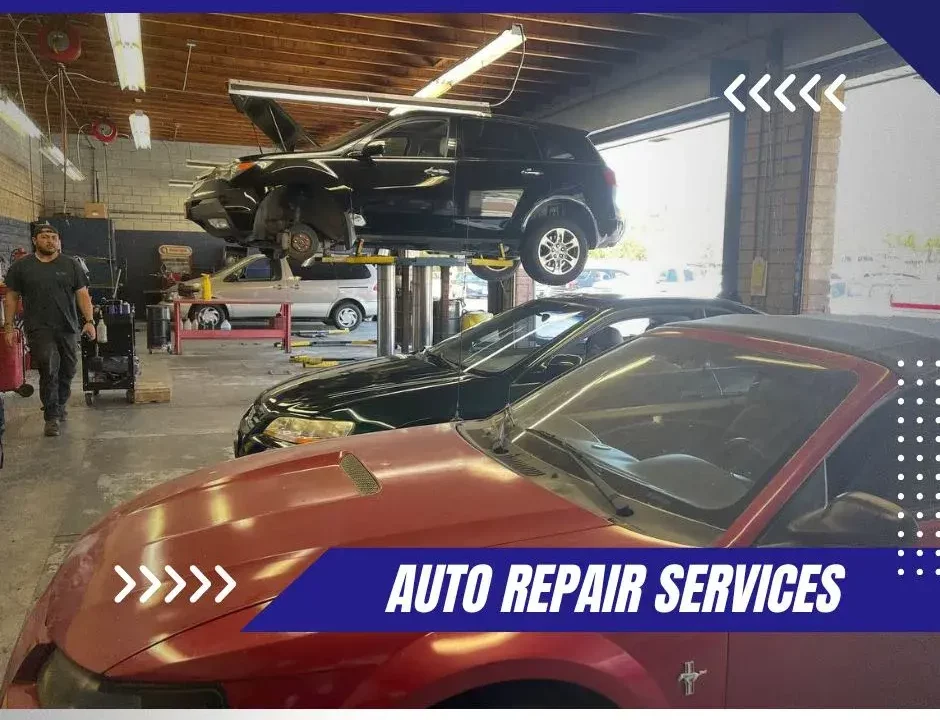
Understanding Engine Oil Sludge: Causes and How to Avoid Them in Your Toyota
July 3, 2024
How to Read and Interpret OBD-II Codes Like a Pro
July 3, 2024The illumination of a vehicle’s check engine light can serve as an early warning of potential issues that, if not addressed, may lead to significant mechanical failures. Common triggers such as a loose gas cap, a malfunctioning oxygen sensor, or more severe problems like catalytic converter failure demand immediate attention. Utilizing an OBD-II scanner to retrieve diagnostic codes is a practical first step in identifying the root cause. By understanding these codes and implementing targeted repairs, vehicle owners can restore engine functionality and optimize performance. However, the nuances of interpreting these signals and executing the appropriate corrective actions involve complexities that are crucial for maintaining vehicle health. What steps should be taken next to ensure accuracy and efficiency in repairs?
Common Causes of Engine Alerts
The illumination of your vehicle’s check auto repair light can be triggered by a variety of issues ranging from a loose gas cap to a malfunctioning oxygen sensor. Among these, a loose or faulty gas cap is a simple yet frequent cause, leading to fuel vapor leaks that affect the engine’s performance.
A more complex issue could involve the oxygen sensor, which plays a pivotal role in monitoring the exhaust’s oxygen levels to optimize the air-fuel mixture. Failure in this sensor can disrupt engine efficiency, increase emissions, and lead to higher fuel consumption.
Additionally, catalytic converters, which transform harmful emissions into less harmful gases before they exit the exhaust system, can fail due to neglect or engine malfunctions. Issues with the mass airflow sensor, which measures the amount of air entering the engine for determining how much fuel is needed, can also trigger the light. If this sensor provides inaccurate readings, it compromises the engine’s air-fuel ratio, impacting performance and emissions.
Ignition system failures, including problems with spark plugs or coil packs, are also common culprits. These components are crucial for proper engine timing and overall function. Each of these components plays a significant role in vehicle operation, emphasizing the interconnected nature of modern automotive systems.
Practical Solutions and Tips
Having identified the common causes of engine alerts, we now focus on providing practical solutions and tips to address these issues effectively.
When your check engine light comes on, the first step is to use an OBD-II scanner to read the diagnostic trouble codes (DTCs). These codes will guide you to the problematic area, helping you target your solution more accurately.
For instance, if the codes indicate an issue with the oxygen sensor, replacing it might resolve the problem. It’s crucial to choose high-quality replacement parts that meet or exceed OEM specifications to ensure reliability and proper function. If the issue is related to the fuel cap, simply ensuring it is tightly closed, or replacing it if it’s damaged, can often turn the light off.
Regular maintenance is your best defense against engine problems. Follow the manufacturer’s recommended service schedule, which includes oil changes, air filter replacements, and timing belt replacements. This proactive approach not only keeps your vehicle in good condition but also fosters a sense of belonging and pride in your vehicle’s upkeep.
In conclusion, comprehending the enigmatic signals of auto repair engine light, much like deciphering a complex code from an ancient manuscript, demands attention to detail and adherence to systematic procedures.
The employment of an OBD-II scanner, coupled with timely component replacements and adherence to recommended maintenance schedules, serves as the Rosetta stone for vehicle diagnostics, ensuring the translation of cryptic warnings into actionable knowledge, thereby safeguarding the vehicle’s health and longevity.
Next article



